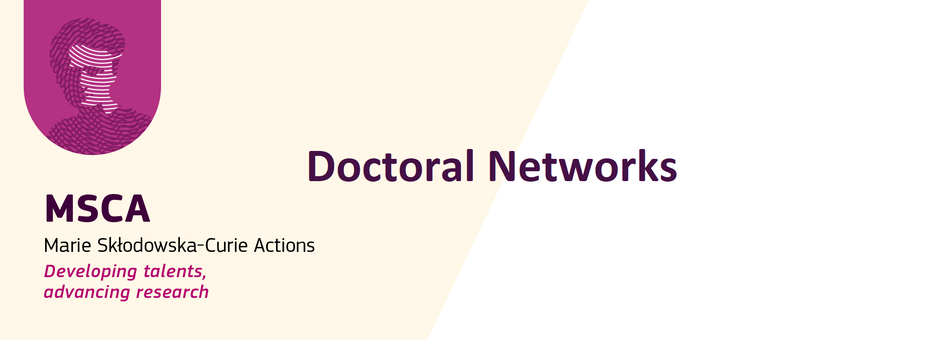ExpectedOutcome:
The expected outcome is the continuation of the set up of the new Copernicus element for the monitoring of anthropogenic CO2 emissions that includes:
Scope:
The areas of R&I, which needs to be addressed to tackle the above expected outcomes:
- New and innovative methodologies to improve the definition of the correlations between emissions of co-emitted species (CO2, NO2, CO, CH4) in support of CO2 fossil fuel emission estimation
- New and innovative methods to better use of auxiliary observations such as 14C (radiocarbon), SIF (Solar Induced Fluorescence), and APO (Atmospheric Potential Oxygen) to separate anthropogenic CO2 emissions from the natural variability of CO2
To enable the EU to move towards a low-carbon economy and implement its commitments under the Paris Agreement, a binding target to cut emissions in the EU by at least 40% below 1990 levels by 2030 was set and the European Commission President von der Leyen committed to deepen this target to at least 55% reduction by 2030. This was further consolidated with the release of the Commission's European Green Deal on the 11th of December 2019, setting the targets for the European environment, economy and society to reach zero net emissions of greenhouse gases in 2050, outlining all needed technological and societal transformations that are aiming at combining prosperity and sustainability.
The main objective is to perform R&D activities identified as priorities for the Copernicus CO2MVS capacity as identified by the European Commission’s CO2 monitoring Task Force[1] .
The activities should support the further development of the foreseen European operational monitoring support capacity for fossil fuel CO2 emissions. These activities should complement or follow-up on the activities within the H2020-funded CO2 Human Emissions (CHE)[2] project and the Prototype system for a Copernicus CO2 service (CoCO2)[3] project.
The activities, as described in the Guidance document, should address a series of scientific and critical system design issues, which were defined following outcomes of the CHE project and based on recommendations from the CO2 monitoring Task Force.
More generally, this action should support the development of an integrated support capacity, enabling European experts to collectively share their knowledge and join forces on the multiple fronts required to develop such a system with operational capabilities.
The activities should fulfil the technological and scientific requirements for the development of this European operational capacity, to further improve the prototype system to better meet user requirements and to exploit synergies with other Copernicus services.
Proposals are expected to provide tangible results (new or improved products or service elements) for the Copernicus service within the period 2021-2027. The proposed research and development should be modular and scalable. The project should provide a proof-of-concept (e.g. system element targeting TRL 5-6) at least demonstrating the feasibility of the integration in the existing core service. The activities of the project should also contribute to the objectives set by the Group on Earth Observation and outcomes and relevant results of the project should be promoted also at international level through the Global Earth Observation System of Systems (GEOSS). In addition, the project could potentially contribute to the objectives set by the DestinE initiative.
Additionally, the transfer of research results to possible operations should receive active attention during the course of the project to strengthen the readiness for an operational deployment in the future. Appropriate interaction with the relevant Entrusted Entity of the Copernicus services, the conditions for making available, for re-using and exploiting the results (including IPR) by the said entities must be addressed during the project implementation. Software should be open licensed.
Applicants are advised to consult information on the Copernicus programme in general at https://www.copernicus.eu/en and further details on the topic in the Guidance document[4]
.
In this topic the integration of the gender dimension (sex and gender analysis) in research and innovation content is not a mandatory requirement.
Specific Topic Conditions:
Activities are expected to achieve TRL5-6 by the end of the project – see General Annex B.
Cross-cutting Priorities:
International Cooperation
[1]https://www.copernicus.eu/en/news/news/new-co2-green-report-2019-publis…
[2]https://www.che-project.eu/
[3]https://www.coco2-project.eu
[4]Published on the EU funding and tenders portal (https://ec.europa.eu/info/funding-tenders/opportunities/portal)





